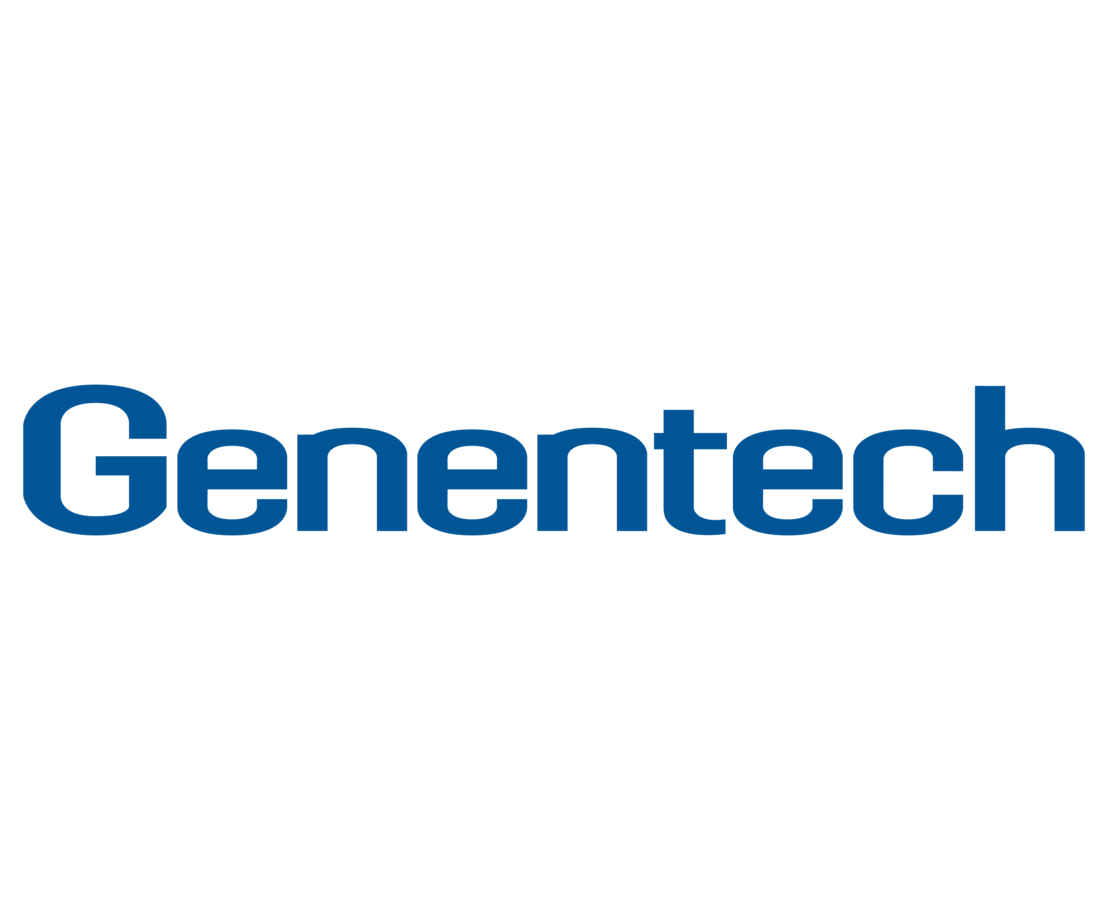Genentech Announces Fuller Data Supporting Faricimab for DME and nAMD
The company plans to submit the data to the FDA and EMA for consideration of the injectable bispecific antibody's regulatory approval for the treatment of both conditions.

Genentech has announced more detailed data from 4 phase 3 studies that further support faricimab’s ability to extend time between treatments for diabetic macular edema (DME) and neovascular age-related macular degeneration (nAMD).
These trials include the YOSEMITE and RHINE studies for DME and TENAYA and LUCERNE studies for nAMD.
Across all studies, the injectable bispecific antibody dosed up to every 4 months led to non-inferior vision gains compared to aflibercept dosed every 2 months.
Furthermore, about 50% of the patients eligible for extended dosing with faricimab were able to be treated on a 4-month schedule in their first year.
About 75% of eligible patients were able to be treated every 3 months or longer in their first year.
Faricimab also showed consistent improvements in anatomical outcomes, including central subfield thickness.
“These positive results show the potential for faricimab as the first new type of medicine in 15 years for people with neovascular age-related macular degeneration and in close to a decade in diabetic macular edema,” said Levi Garraway, MD, PhD, chief medical officer and head of Global Product Development, Genentech, in a statement.
“This is an exciting time for our ophthalmology clinical development program, with multiple Phase III successes for two medicines from our late-stage pipeline. We hope to bring these potential treatments to people living with vision-threatening retinal conditions as soon as possible.”
YOSEMITE and RHINE studies
The identical, randomized, multicenter, double-masked studies evaluated the efficacy and safety of faricimab for DME in a combined patient population of 1891.
Investigators assessed faricibimab in 2 dosing regimens—6.0 mg at personalized dosing intervals up to every 4 months and 6.0 mg at fixed 2-month intervals.
Aflibercept 2.0 mg was administered at fixed 2-month intervals.
The primary endpoint of the studies was the average change in best-corrected visual acuity (BCVA) score from baseline to 1 year.
Thus, in the YOSEMITE study, the average vision gains from baseline were +11.6 eye chart letters in the personalized dosing group and +10.7 in the 2-month interval group.
The average gain in the aflibercept arm was +10.9 letters.
In the RHINE study, the average vision gains from baseline were +10.8 and +11.8 letters in the personalized dosing and 2-month arms, respectively—compared with +10.3 letters in the aflibercept arm.
Furthermore, 52.8% (n = 151/286) of personalized dosing arm patients in YOSEMITE and 51% (n = 157/308) in RHINE achieved 4-month dosing at 1 year.
TENAYA and LUCERNE studies
These identical, randomized, multicenter, double-masked studies evaluated the efficacy and safety of faricimab for nAMD in a combined patient population of 1329.
Patients were divided into 2 treatment arms—farcimab 6.0 mg administered at fixed intervals of every 2, 3, or 4 months, or alflibercept 2.0 mg at 2-month intervals.
Similar to YOSEMITE and RHINE, the primary endpoint was the average change in BVCA score from baseline through week 48.
In the faricimab arms, the average vision gain from baseline were +5.8 letters in TENAYA and +6.6 letters in LUCERNE—compared with +5.1 and +6.6, respectively, for the aflibercept arms.
The investigators also reported that 45.7% (n= 144/315) of patients in TENAYA and 44.9% (n = 142/316) in LUCERNE were able to be treated every 4 months in the first year.
Genentech plans to submit this data to the US Food and Drug Administration (FDA) and the European Medicines Agency (EMA) as part of its application for regulatory approval of faricimab for DME and nAMD.
Faricimab is the first injectable eye medicine to achieve such results for both blindness-inducing eye conditions.